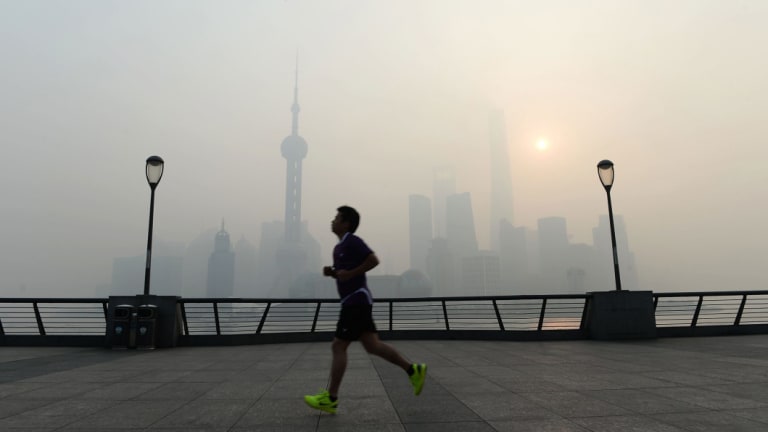
The human race is plodding along at a leisurely pace towards rising rates of heart disease, type 2 diabetes, and obesity, the latest report from the World Health Organisation shows.
Despite rolling government campaigns – and the rise of #fitspo – there has been no improvement in the global rates of physical activity for 15 years, found the first study to estimate global physical activity trends.
One in three women are not doing enough physical activity, according to WHO research.
More than one quarter of the world’s adult population (1.4 billion people) were not active enough in 2016, according to the report published in The Lancet Global Health on Wednesday.
One in three women (32 per cent) and one in four men (23 per cent) do not get enough exercise, highlighting a need to offer safe, affordable and culturally acceptable interventions to physical activity among women globally, the authors argued.
WHO’s recommended levels of physical activity are at least 150 minutes of moderate-intensity or 75 minutes of vigorous-intensity physical activity per week to lessen the risk of non-communicable diseases including cardiovascular disease, type 2 diabetes as well as some cancers.
High-income countries have levels of inactivity that are more than twice as high as low-income countries (37 per cent versus 16 per cent).
Inactivity rates rose 5 per cent in the wealthier countries over the 15-year period, found the analysis of 358 population-based surveys from 168 countries that canvassed self-reported activity levels including incidental exercise at work, home, travel and leisure time.
The rise in sedentary leisure activities in wealthier countries was partly driving high inactivity rates, the authors argued.
In Australia, just over 30 per cent of the population were not active enough. Australian women were more likely to be inactive than men (33.6 per cent versus 27 per cent).
Four countries reported more than half their adult population were not doing enough physical activity: Kuwait (67 per cent), American Samoa (53 per cent), Saudi Arabia and Iraq.
About 40 per cent of adults in the US were not doing enough exercise. The same was true of 36 per cent of adults in Britain and 14 per cent in China.
New Zealand and the US were among the countries with the highest increases in inactivity over the 15-year period.
The countries with the lowest levels of insufficient physical activity in 2016 were Uganda and Mozambique (6 per cent).
Some countries did improve significantly. Inactivity levels dropped from 26 to 17 per cent in east and south-east Asia, largely influenced by China’s recent enthusiasm for exercise, the authors said.
"Unlike other major global health risks, levels of insufficient physical activity are not falling worldwide, on average, and over a quarter of all adults are not reaching the recommended levels of physical activity for good health," warns the study’s lead author, Dr Regina Guthold of the WHO.
Office jobs, sedentary and tech-heavy leisure activities and motorised transport were likely driving the higher levels of inactivity in wealthier countries, while lower-income countries were more active by virtue of physical labour and fewer motor transport options, the authors said.
Inactivity levels dropped from 26 to 17 per cent in east and south-east Asia, largely influenced by China’s recent enthusiasm for exercise.
"Regions with increasing levels of insufficient physical activity are a major concern for public health and the prevention and control of non-communicable diseases (NCDs)," Dr Guthold said.
Countries needed to better implement policies designed to increase physical activity, she said, citing a separate report that showed almost three-quarters of countries reported having a policy or action plan to tackle physical inactivity, yet few have been implemented to have national impact.
In August, the Australian government launched its "Move It Aus" campaign, aimed at coaxing Australians away from their screens to "Find Your 30": 30 minutes of heart-rate-raising exercise.
The campaign draws on separate statistics suggesting more than 50 per cent of Australian adults and 80 per cent of children are inactive.
The Australian Sports Commission described Move it Aus as “Life be in it 2.0”, referring a similar campaign launched in the 1970s.
Source: Read Full Article


